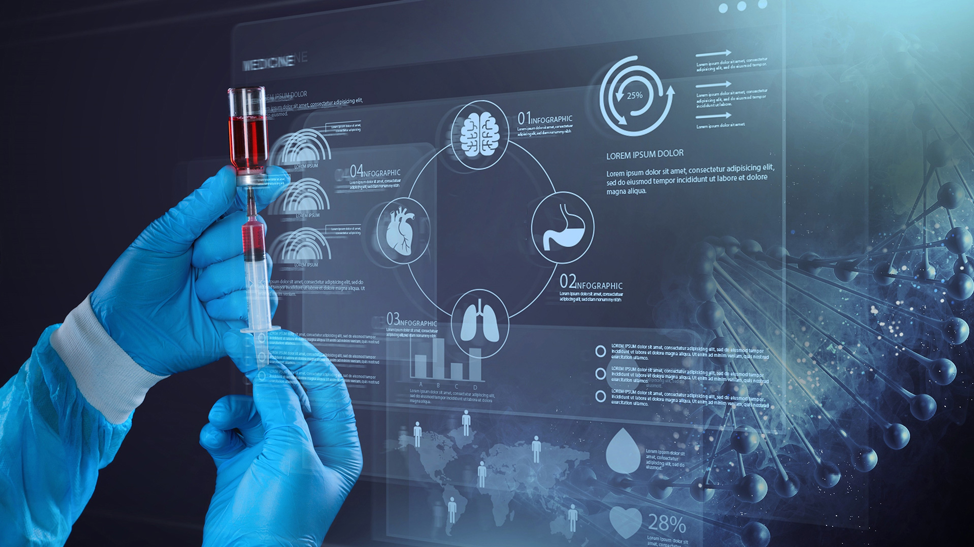


When seeking predictability in an unpredictable world, AI advancement, quantum breakthroughs and cloud computing are deemed some of the most certain technological predictions in the new year. While the pandemic might have slowed broad-stroke development, the crisis is accelerating innovations in more-established fields such as medicine, agriculture and manufacturing. Looking ahead, DAMO Academy, Alibaba’s global research arm, unveiled its top 10 predictions for trends that will help shape the tech sector in 2021 and beyond:
1. The importance of third-generation semiconductors
Gallium nitride and silicon carbide are powerful materials that support Wide Band Gap semiconductor devices. Also known as third-generation semiconductors, these new materials can be used in electronic devices to deliver superior performances that withstand higher power levels, temperature and even radiation. According to DAMO, recent breakthroughs in material fabrication and device manufacturing will make the third-generation semiconductors affordable for market adoption. Their applications can enable drastic developments in fields such as 5G communications, new energy vehicles, large-scale power grids and data centers.
2. New missions in the era of post-quantum
In 2020, investors worldwide flocked to the quantum computing field. Related technologies and ecosystems thrived and numerous quantum computing platforms rose to prominence. The next quantum leap in 2021 and beyond will require scientists and innovators to work together. On a scientific level, researchers need to resolve the problem of quantum error correction to improve calculation accuracy and quantum reliability. Without it, quantum computers will no longer be viable. To turn myth into reality, engineers need to identify the real value of quantum-inspired solutions and their real-life applications.
3. New carbon-based materials and flexible electronics
Flexible electronics, or flex circuits, deliver stable performance even after mechanical deformations such as bending, folding, and stretching. They are preferred in wearable devices, electronic skins, and flexible screens. In the past, these materials were simply not flexible enough or could not compete with rigid silicon-based materials that are more suitable for commercial use. In recent years, groundbreaking developments in carbon-based materials have allowed flexible electronics to go far beyond their previous capabilities.
4. AI-accelerated medicine and vaccine development
AI technology has been widely adopted to interpret medical images and manage medical records. However, its application in vaccine development and the clinical research of drugs is still in the pilot stage. As new AI algorithms are emerging and computing power is reaching new heights, this technology will make it easier to complete R&D of medicines and vaccines that were previously very time-consuming and costly.
5. Stretching the boundaries of human-machine interactions
Brain-computer interface technology is essential for next-generation collaborative intelligence between humans and machines. This technology is the pillar and driving force of neural engineering. In the future, brain-computer interface technology will help control robotic arms more precisely and help patients who are fully conscious but cannot speak or move to overcome their physical limitations.
6. The necessity for self-evolving data processing
In today’s digital-savvy world, 1.7 megabytes of data is created every second by every person, according to statistics from cloud-native platform Domo. Manual management and traditional data processes now lack speed and efficiency to deal with the world’s ever-expanding data challenge. As a solution, AI-based management systems are in the spotlight for their autonomous benefits– optimizing everything from computing cost, storage, operation and maintenance.
7. Cloud-native technologies will reshape IT systems
In the future, chips, development platforms, applications and even computers will be cloud-native. This type of methodology or architectural foundation lowers the barriers to cloud-based app development. This means quick product development, quick scalability, distribution, and added flexibility for engineers. This past 11.11 for example, Alibaba deployed cloud-native technologies to handle a record 583,000 orders per second. When combined with automatic data processing, its digital infrastructure efficiently handled sudden transaction surges with zero downtime.
8. The rise of digital agriculture
New-generation digital technologies, including Internet of Things, AI and cloud computing, are being applied agriculture to address disconnection between planning, production and retail. For example, Alibaba has tapped into its blockchain technologies to help trace and track the safety and transportation of agricultural products in China. With these new-generation digital technologies, agriculture is no longer highly dependent on the natural conditions and will be driven by intelligent data analytics.
9. Industrial intelligence becomes an industry-wide phenomenon
Industrial intelligence refers to the use of AI and digital technologies in industries. A complete adoption of AI for companies can be costly and complicated, as it involves everything from revamped machinery to operational restructuring. Those equipped with industrial intelligence survived, with some even thriving during the coronavirus. For example, Alibaba’s digital factory, Xunxi, incorporates AI and digital revamp in every corner of its operations. The use of smart algorithms and technologies can drive large-scale innovations and informs closed-loop decisions for the manufacturing industry.
10. Cities will become smarter with intelligent operation centers post-coronavirus
The concept of smarter cities began a decade ago to improve city governance using digital technologies. The next wave of innovation is a wider deployment of intelligent operation centers. The use of artificial intelligence of things together with spatial cloud computing will help different departments and entities streamline and enhance their governance capabilities. Intelligent operations centers will become the digital infrastructure of cities in the future, critical to handling real-time feedback and analytics in sectors such as transportation and public services.
Sign up for our newsletter to receive the latest Alibaba updates in your inbox every week.





